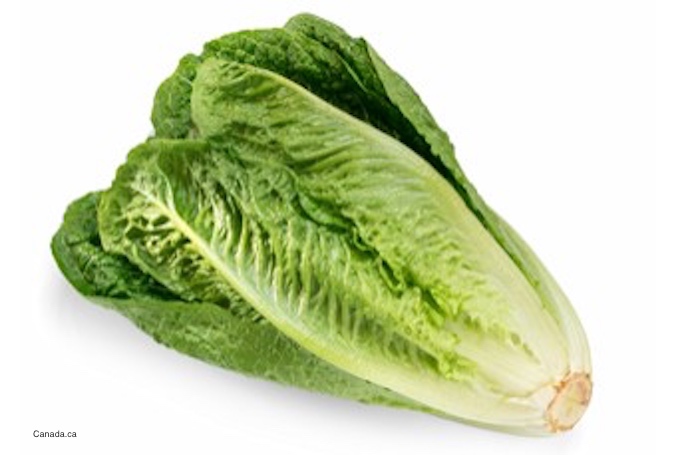The hospitalization rate and hemolytic uremic syndrome case count in the deadly E. coli O157:H7 HUS outbreak that is linked to romaine lettuce has been very high. Typically, in an E. coli outbreak, about 30% of patients are hospitalized, and about 5 to 10% develop hemolytic uremic syndrome (HUS).

But in this outbreak, the hospitalization rate is almost 50%, and 13% of those patients have developed HUS. Why is the hospitalization rate and the HUS rate so high in this particular outbreak?
Typically, the group most susceptible to developing HUS is children under the age of 5. The patient age range in this outbreak is from 1 to 88. There could be quite a few children sick, which may explain the high HUS rate.
Another explanation for the high HUS rate and the high hospitalization rate is the type of toxins the E. coli bacteria are producing. Shiga toxin-producing E. coli bacteria make two types of those toxins: Stx1 and Stx2. Unfortunately, the bacteria in this outbreak are making Stx2, which causes more damage to the body.

You can contact food safety attorney Fred Pritzker for help by calling 1-888-377-8900.
We asked attorney Fred Pritzker, who is representing patients sickened in this outbreak, if those factors could contribute to the high HUS rate and his number of hospitalizations. He said, “Yes, that’s certainly possible. It could also be that there are more E. coli bacteria on the lettuce. It only takes 10 STEC bacteria to make someone very sick.”
The symptoms of an E. coli infection include bloody diarrhea and painful cramps. The symptoms of HUS include little urine output, lethargy, pallor, easy bruising, and bleeding from the nose or mouth. If anyone you know has been experiencing these symptoms, they should see a doctor immediately. Both conditions can be life-threatening. HUS can cause kidney failure, which may lead to the need for a kidney transplant. And both conditions can have lifelong health problems, including kidney disease, heart disease, and high blood pressure.
Pritzker Hageman, America’s food safety law firm, successfully represents people harmed by contaminated products in food poisoning outbreaks throughout the United States. Its lawyers have won hundreds of millions of dollars for survivors of foodborne illness, including some of the largest verdicts and settlements in American history. The firm’s recent trial victory on behalf of a child with E. coli poisoning and hemolytic uremic syndrome is the biggest recovery of its kind. The firm also publishes Food Poisoning Bulletin, a respected source for food safety news and information.




